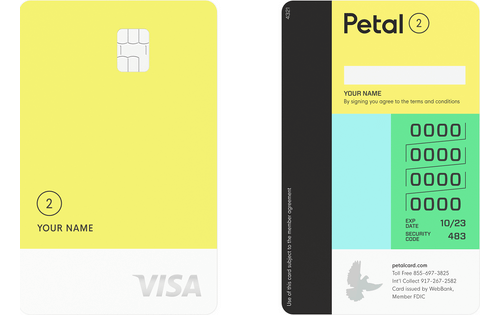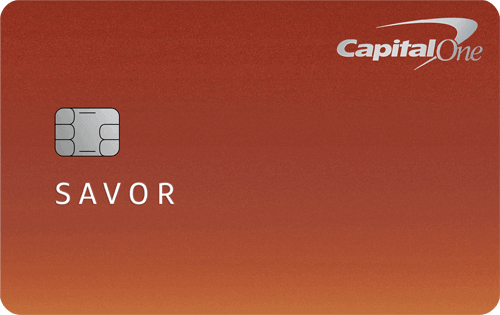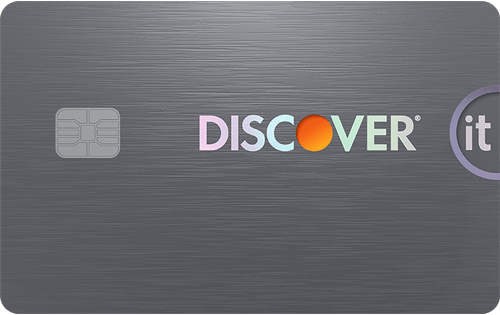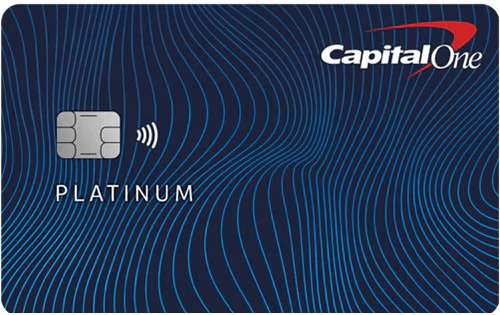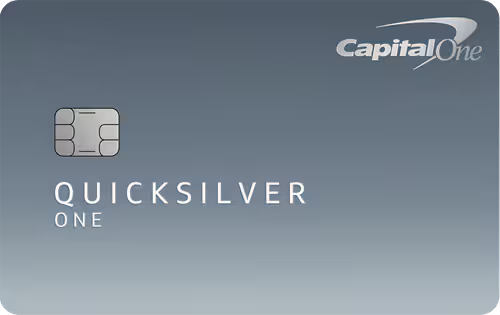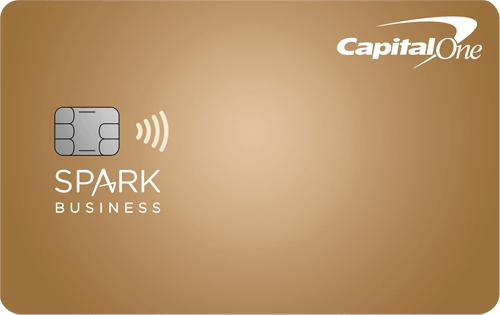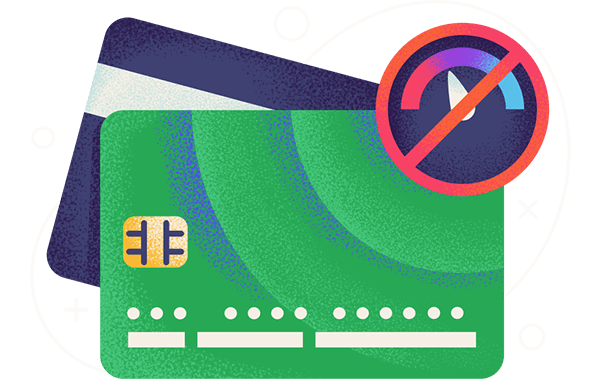- Our picks
- Methodology
- Sources
- Beginner’s guide to credit cards for no credit
- Key things to know
- About the author
- User questions & answers
- Expert opinions
Our Picks for the Best Credit Cards for No Credit in 2025
The best credit cards for people with no credit are Petal® 2 Visa® Credit Card, the Discover it® Secured Credit Card, and the Capital One Savor Student Cash Rewards Credit Card (see Rates & Fees). These cards have $0 annual fees and above-average rewards. No-credit credit cards may also approve newcomers despite their limited credit experience, but approval is never guaranteed.
For your convenience, we'll recap our picks for the best cards below.
Best Credit Cards for No Credit Compared
| Credit Card | Category | Annual Fee |
| Petal® 2 Visa® Credit Card | Best Overall | $0 |
| Capital One Platinum Credit Card (see Rates & Fees) | Best Starter Card | $0 |
| Discover it® Secured Credit Card | Best Secured | $0 |
| Capital One Savor Student Cash Rewards Credit Card (see Rates & Fees) | Best for Student with No Credit | $0 |
| opensky® Plus Secured Visa® Credit Card | Easiest to Get | $0 |
| Capital One Spark Classic for Business * | Best for Business | $0 |
| Capital One QuicksilverOne Cash Rewards Credit Card (see Rates & Fees) | Best for Cash Back | $39 |
Make sure to consider the best student credit cards if you’re currently in school. They often have better terms than other credit cards for people with limited or no credit.
In any case, getting a good credit card with no credit history is an important step toward a solid first credit score and, in time excellent credit. You just have to make sure to use your card responsibly. Above all else, that means paying your bill on time every month. For help with that, make sure to check out WalletHub’s 8 Tips For Never Missing A Due Date.
For more tips that will help you get started on the right foot, read our instructions for how to get a card with no credit as well as our new to credit guide.
Methodology for Selecting the Best Credit Cards for No Credit
To identify the best credit cards for people with no credit, WalletHub’s editors regularly compare 1,500+ credit card offers based on their approval requirements, fees, rewards, initial bonus, interest rates, and other WalletHub Rating components. We also take some key secondary factors into account, such as whether a security deposit is required or an applicant must be a student to qualify.
We start by identifying the cards with the lowest annual fees, preferably $0 per year, as it is best to keep costs low while building credit. We then identify the cards with the best rewards, using low APRs as a tiebreaker, because people working to build credit should strive to pay their credit card bill in full every month. Finally, the cards with the lowest two-year cost are selected.
How Two-Year Cost Is Calculated
Two-year cost is used to approximate the monetary value of cards for better comparison and is calculated by combining annual and monthly membership fees over two years, adding any one-time fees or other fees (like balance transfer fees), adding any interest costs, and subtracting rewards. Negative amounts indicate savings. When fees or other terms are presented as a range, we use the midpoint for scoring purposes.
Rewards bonuses and credits have been taken into account for two-year cost calculations. However, bonuses applicable to only a very small portion of cardholders are not considered. For example, credits and bonuses awarded for spending or redeeming rewards through a company portal with non-co-branded cards have not been taken into account. Similarly, bonuses and credits related to spending with specific merchants using a non-co-branded card have not been taken into account (for example, if Card A offers credits with DoorDash, this feature would not be factored into calculations because it is hard to assess how many cardholders would use the benefit or exactly how much value they'd get from it).
Cardholder Spending Profiles
Given that different users have different goals and are likely to use their credit cards differently, we identified spending profiles that are representative of different users’ financial priorities and behaviors. For each cardholder type, we have assumed a specific amount of monthly spending by purchase type (e.g., groceries, gas, etc.), as well as an average balance, balance transfer amount, amount spent on large purchases and average monthly payment. Spending assumptions are based on Bureau of Labor Statistics data and PEX data.
Sources
WalletHub actively maintains a database of 1,500+ credit card offers, from which we select the best credit cards for people with no credit for different applicants as well as derive market-wide takeaways and trends. The underlying data is compiled from credit card company websites or provided directly by the credit card issuers. We also leverage data from the Bureau of Labor Statistics to develop cardholder profiles, used to estimate cards’ potential savings.
Beginner’s Guide to Credit Cards for No Credit
What Does Having No Credit Mean?
Having no credit means you have little to no recent experience using credit cards, other lines of credit, or loans. As a result, you do not have enough information on your credit report for your credit score to be generated, and you will need to prove yourself to be responsible before you can get approved for a big loan or one of the best credit cards overall. You may not qualify for a higher-tier card until you have a few years of credit history.
You can learn more about what having no credit means right here on WalletHub.
How Can a Credit Card Help Me Build Credit?
A credit card helps you build credit by relaying information about your account to the three major credit bureaus each month. As long as you pay the bill on time every month and avoid maxing out your spending limit, the information that makes its way into your credit reports will build positive credit history in your name. The more positive information in your credit report, the better it is for your credit score.
You can see how long it will take you to build credit with a credit card using WalletHub’s credit score simulator.
Learn more about how to build credit with a credit card.
What to Look for in a Credit Card for No Credit
- No credit score requirement
- Low annual fee ($0, ideally)
- Monthly reporting to major credit bureaus
- At least 1% back in rewards
- Good user reviews
- High WalletHub Rating
Learn more about how to get a credit card with no credit.
Who Should Apply for a Credit Card for No Credit?
Anyone who is at least 18 years old, earns income, and does not have a credit score should apply for a credit card for no credit. Using a credit card responsibly is the easiest way to build credit from scratch.
Similarly, if you have less than three years of credit history and you want high odds of being approved, a credit card designed for people with no credit is a good choice.
For example, credit cards for no credit are great for:
- Young adults
- College students
- Recent immigrants
- Divorcees and widowers who haven’t used credit in years
Learn more about who needs a starter credit card.
What Do You Need to Get a Credit Card Without Credit?
To get your own credit card account without any credit experience, you need to be at least 18 years old and have enough income to afford monthly bill payments. Minimum payments for a starter credit card are usually around $25 per month. You’ll also need your Social Security number or Individual Taxpayer Identification Number (ITIN) to apply in most cases.
Alternatively, if you don’t qualify for your own credit card account, you could easily become an authorized user on a family member’s account. This would give you a card to use and help you build credit, making it easier to get approved for your own account when the time is right.
Learn more about what you need to get a credit card.
How to Get a Credit Card With No Credit
You can get a credit card with no credit score simply by choosing a credit card intended for beginners, filling out and submitting an online application, and then waiting. If you are 18+ years old and have enough income to afford the monthly bill payments, you stand a good chance of getting approved for a credit card. To help ensure you get a good outcome, here’s what we recommend doing:
- Confirm you have no credit – If you have some credit history, it might affect the cards you’re likely to qualify for.
- See if your school email still works – Students have the biggest selection of cards that don’t require prior credit experience.
- Compare starter credit cards – Focus on minimizing annual fees and maximizing rewards. Plan to pay your bill in full monthly, in which case the interest rate won’t matter.
- Submit your application – Applying online tends to be the fastest, most convenient method. You’ll need to provide some basic information about yourself and your finances.
- Activate your new credit card – You may find out almost instantly after applying for a credit card whether you’re approved or denied, or it could take days. After you’re approved, it usually takes around 7-10 business days to get your card in the mail. When it arrives, you’ll need to activate the card before beginning to make purchases.
How to Make the Most of Your Credit Card
Pay the Full Statement Balance by the Due Date
To make the most of your starter credit card, you need to pay the bill on time every month. Payment history is the most important ingredient in your credit score, and having late payments reported to the credit bureaus would really set back your credit-building efforts. That’s why setting up automatic monthly bill payments from a bank account is so helpful. It removes the possibility that you’ll forget to pay on time.
Although paying only the minimum amount due is all that’s needed to get credit for paying a credit card’s bill on time, paying the full statement balance is important because it helps you avoid interest charges. Credit card interest rates are quite high, especially for beginners, so racking up a bunch of charges could put you in an expensive hole right when you’re getting started.
Keep Your Credit Utilization Low
Try to keep your credit card’s balance below 30% of its credit limit. This will show that you’re being responsible with the credit made available to you, which will benefit your credit score and perhaps lead to a credit limit increase down the road.
Careful budgeting obviously is important to minimizing your credit utilization, but if you need to make a big purchase, you could always make an extra payment to bring down your balance before your monthly statement is generated. Your monthly statement balance is what’s used to calculate credit utilization.
Avoid Fees
The best credit cards for no credit don’t charge annual fees, allowing you to maximize your savings and your credit score at the same time. It’s generally not worth paying extra for better rewards until you reach good credit.
Annual fees aren’t the only fees you have to worry about, though. If you plan on making purchases from international merchants, you should get a card with no foreign transaction fees. Also, no matter how you plan to use your card, you’ll want to avoid cash advances, as this type of transaction comes with a high fee and APR.
Redeem Rewards Regularly
Getting a beginner credit card with rewards is a great way to maximize your savings, but only if you actually use the rewards you earn. Stockpiling rewards and waiting for the perfect time to redeem only increases the chances of the rewards expiring or being devalued before you get a chance to enjoy them. On the other hand, redeeming often allows you to benefit often.
Review Your Transactions Each Month
Carefully reviewing your monthly credit card statements is very helpful, especially when you’re just starting out. Seeing exactly where you’re spending money each month can help with budgeting, for one thing, and it also gives you the opportunity to dispute any unauthorized purchases that may find their way onto your bill. Credit cards have $0 fraud liability guarantees.
